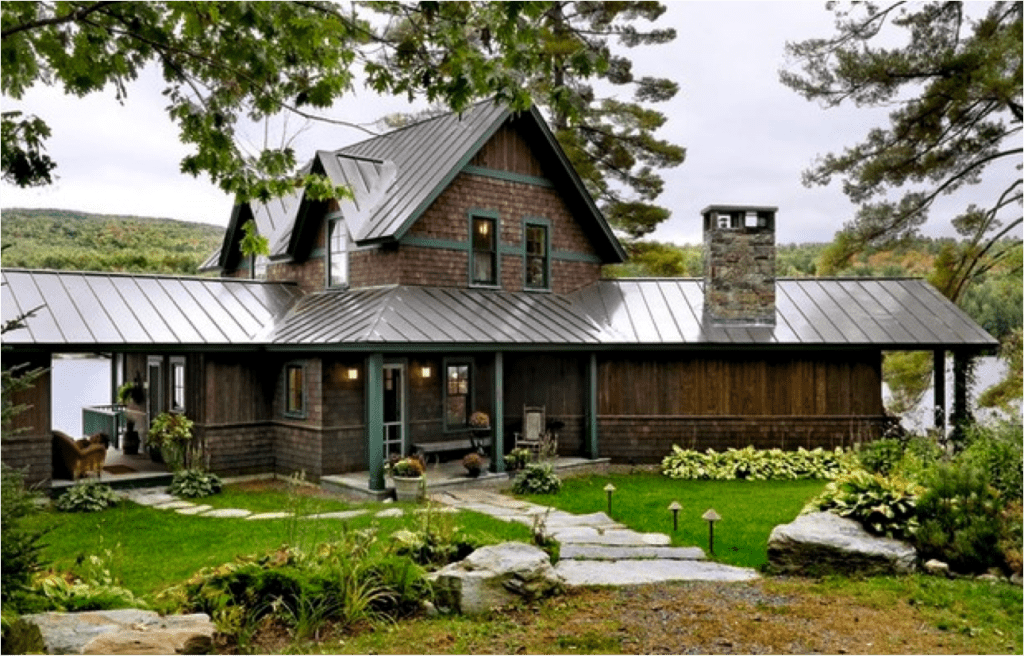Are you interested in making your house more energy efficient, adding a beautiful and striking major design element, and never having to replace your roof again? Consider a metal roof. While the cost of a metal roof is significantly higher than a shingled roof, it will likely last a lifetime and it is practically maintenance-free. The practical advantages of a metal roof are that it makes your home safer in harsh weather and can significantly cut down on your energy bills. Aesthetically, a metal roof is versatile in design to complement many architectural styles, from a century old farmhouse to a contemporary home.
Architect Pi Smith chose a metal roof for this Vermont lake house. Why did she choose metal? “They look great! Very crisp and architectural and much easier to get excited about than asphalt shingles. Other than copper and slate, both very expensive, enameled standing seam roofs have the best longevity. From a long-term maintenance standpoint this is a plus. Additionally, standing seam can be used on low-pitched roofs, where shingles would not be appropriate. We use this material very frequently on porches and dormers, which tend to have lower pitches. Finally, there are some nice color options.”
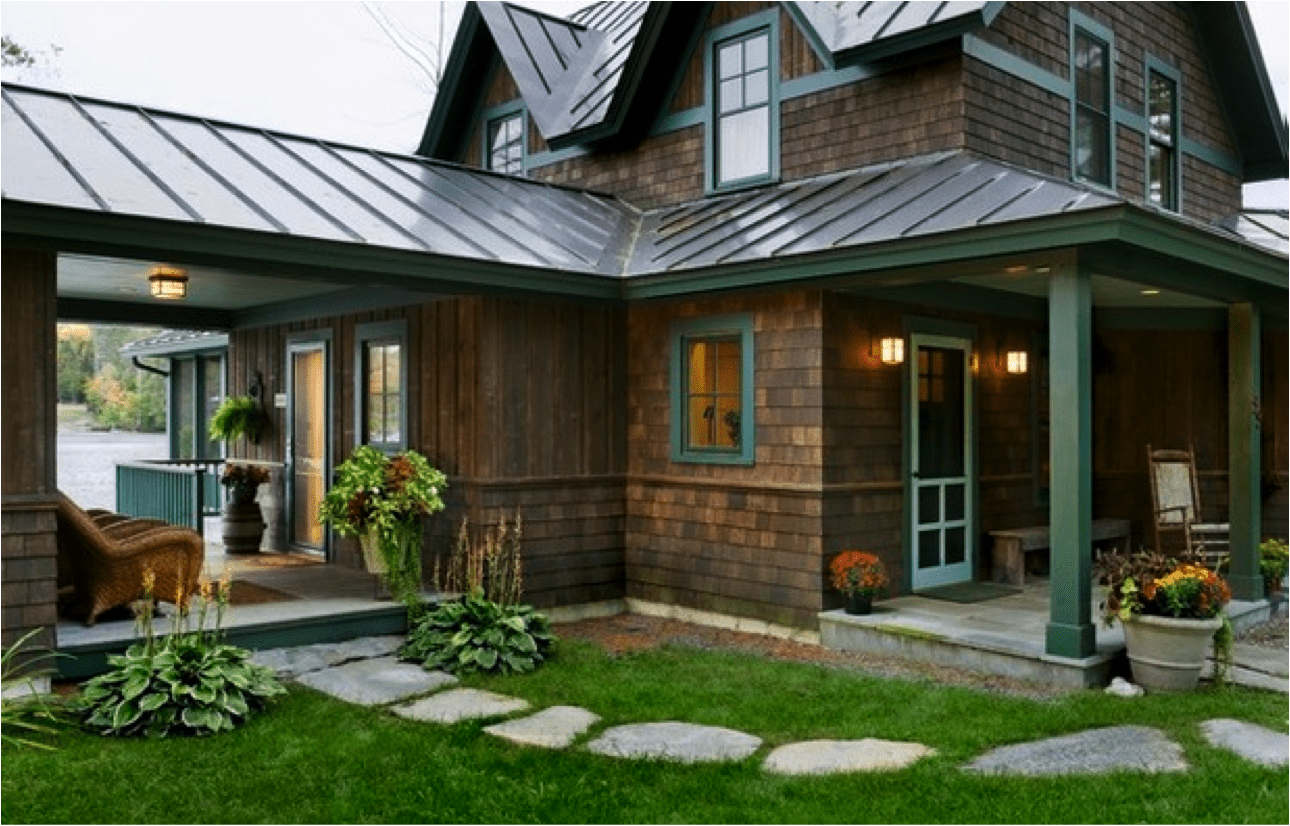
However, there is a big drawback to using standing seam roofing for areas with harsh winter weather. “It sheds snow, leading to big piles of snow along eave sides and at valleys,” Smith warns. “This needs to be taken into consideration when locating entries, walks, and plantings. When we do use standing seam for an entire house, such as this lake house in Vermont, we design to accommodate the snow issues and warn our clients!”
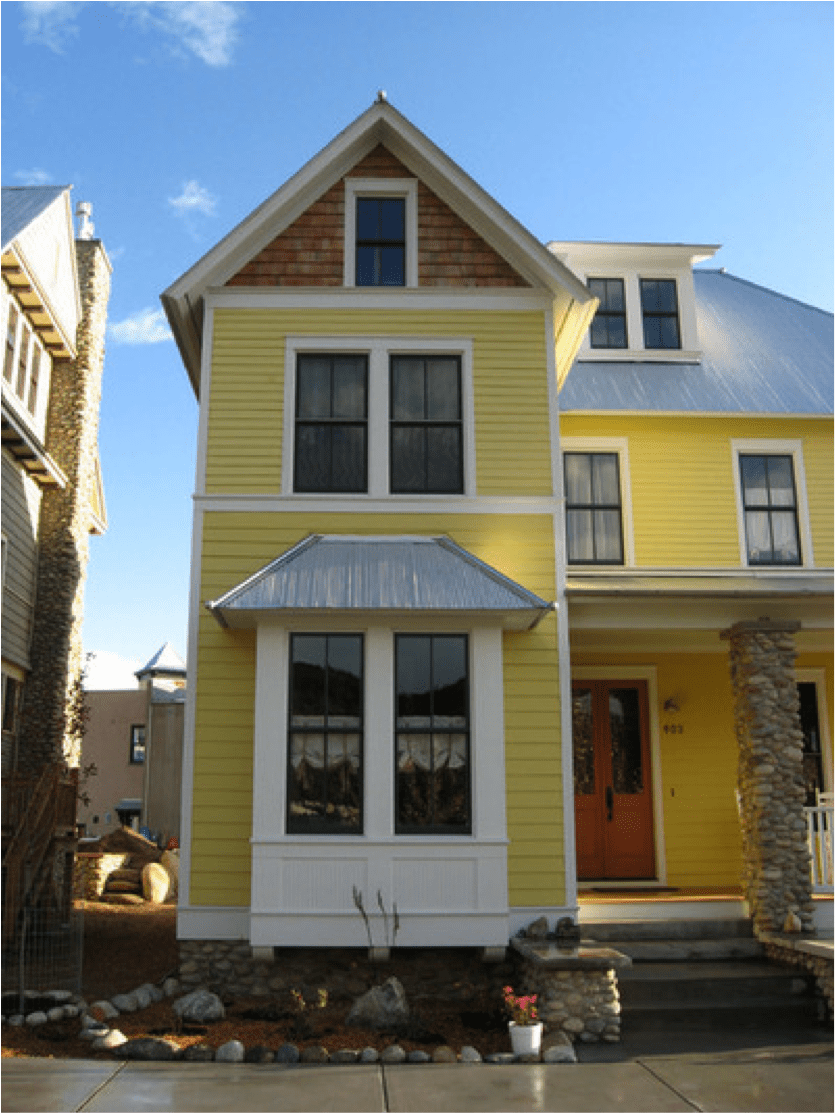
Architect Kenny Craft, who specializes in sustainable design, says “I am a big advocate for metal roofing. Because of the light color and reflectance, it helps to reduce heat build up in attics and finished rooms tucked into the roof. Metal roofing is also generally made from recycled content, and then, after its life, is itself recyclable.”
Craft chose a corrugated metal roof here, because it has a long history of being used in Colorado and adds to the vernacular-inspired style of this new home.
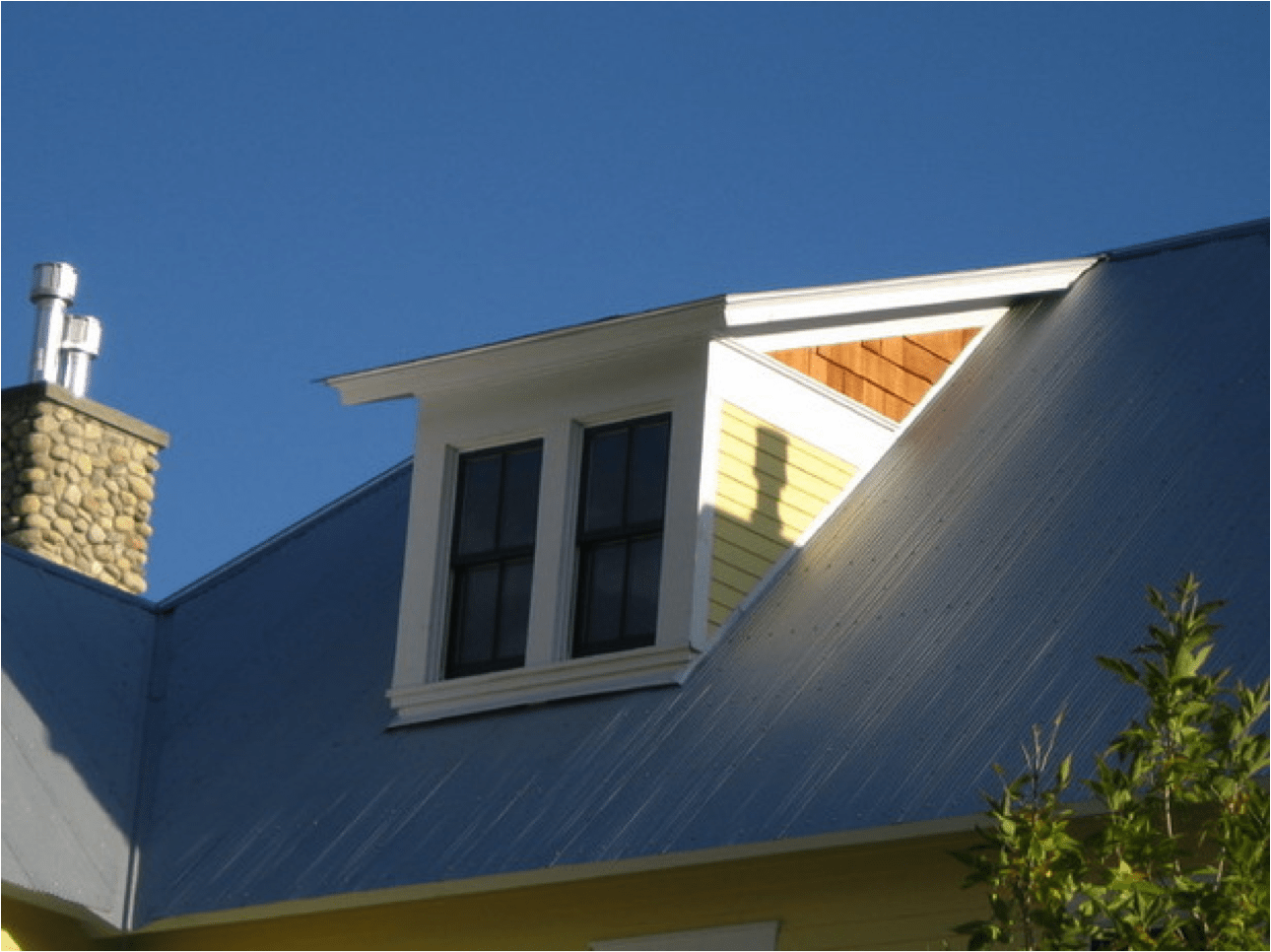
Another attribute of metal roofing Craft appreciates is that, “it lends itself well to rain water harvesting. With its smooth clean surface, less filtering is required of water from a metal roof, compared to asphalt shingles which shed small particles, and possibly other chemicals.”
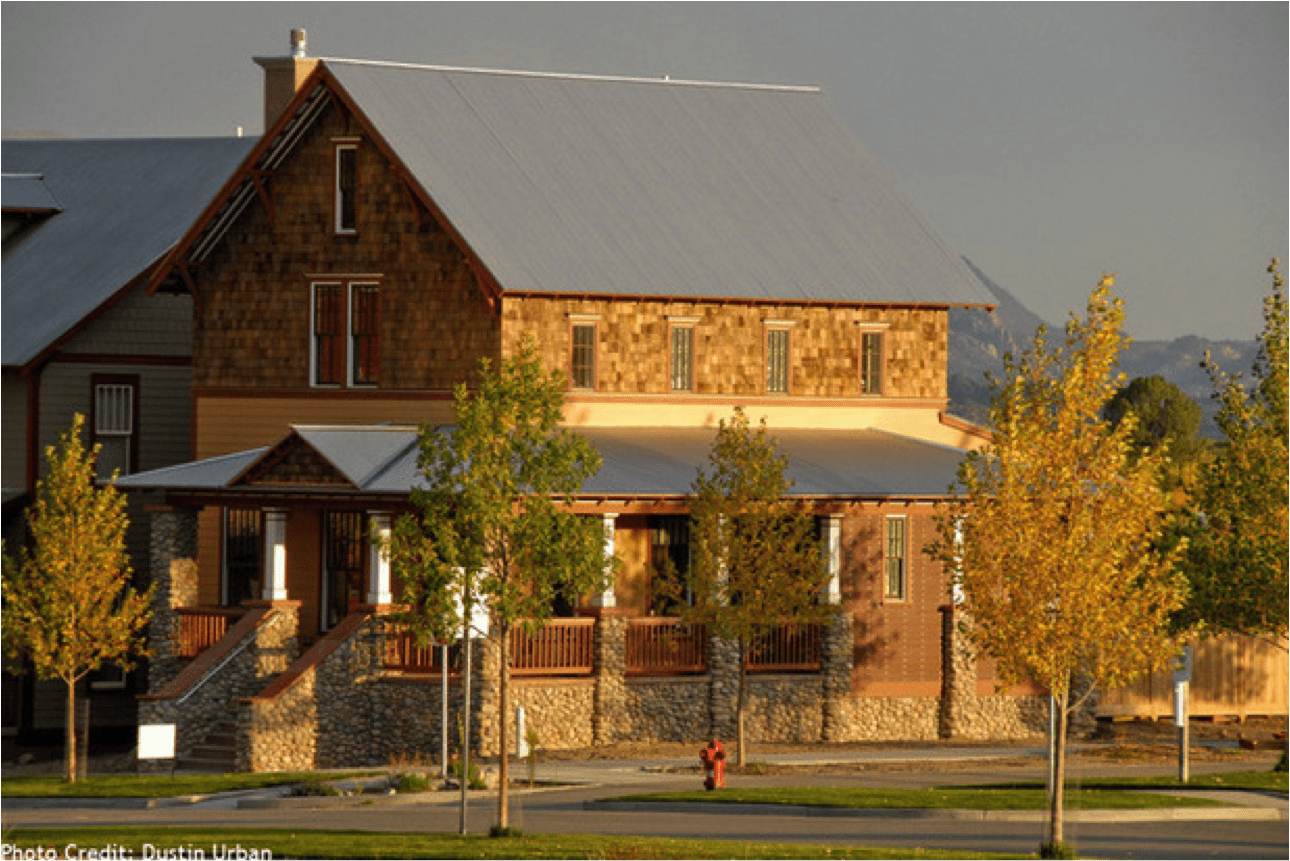
Craft is also a big fan of indigenous architecture. Regarding the aesthetics of a metal roof he says, “the metal roof has a distinctive and authentic look; it’s a material that is what it is — a rarity in today’s world of composite look-a-likes — including asphalt shingles. The silvery galvanized color adds a fresh, timeless yet contemporary character to a dominate element of the composition.”
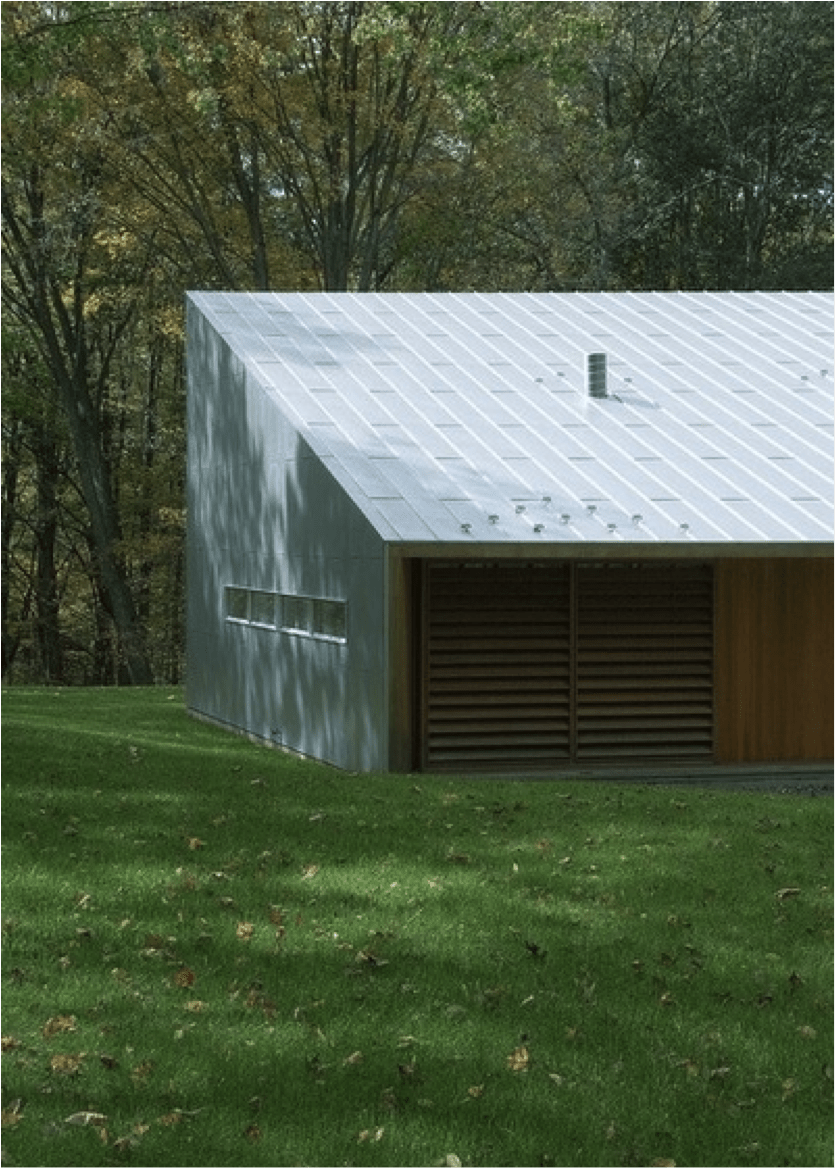
This home in the Texas Hill Country has a very dramatic sloped roofline, which is enhanced by the metal roof.
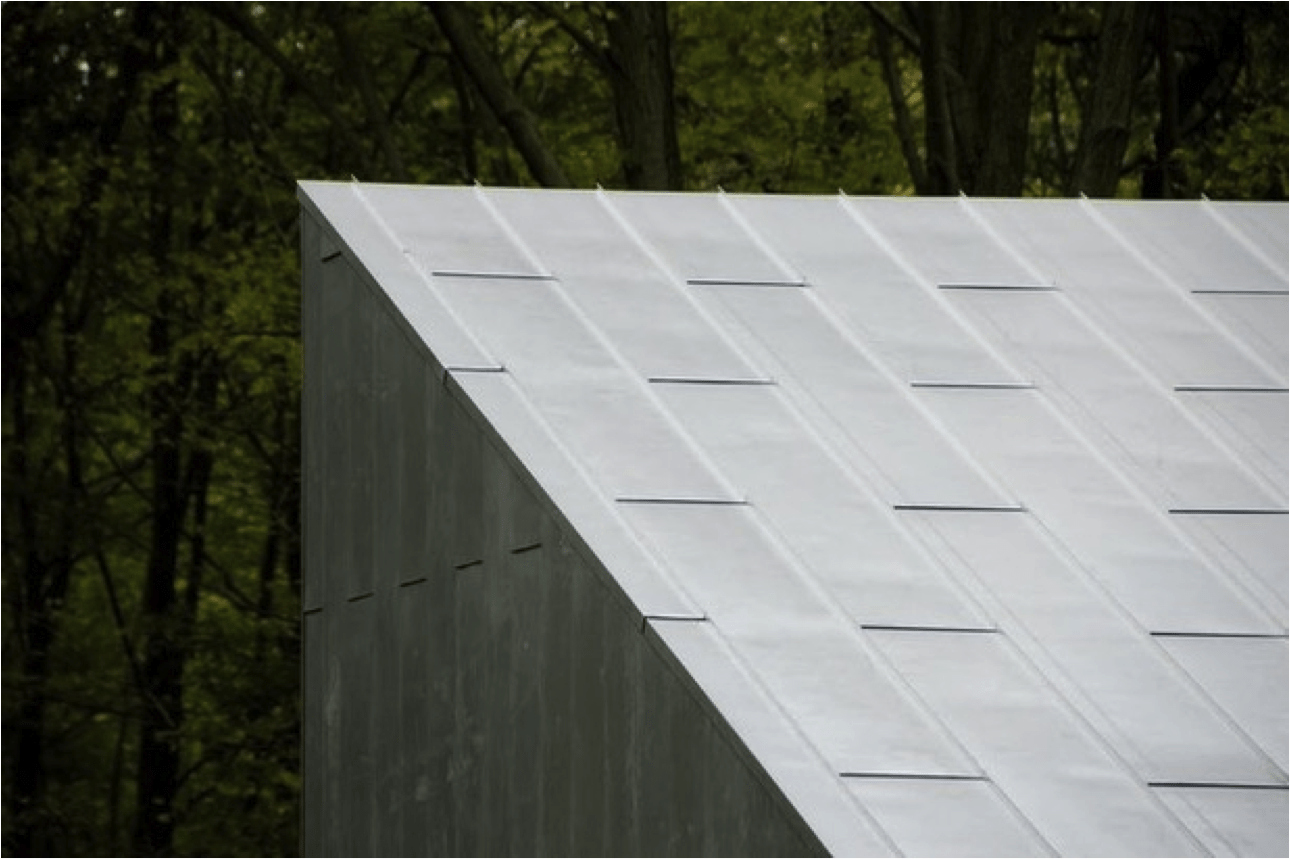
Here’s a closer look at the material and the way it is constructed. There isn’t much of a snow issue in Texas.

While the initial outlay for a metal roof is more expensive than that of an asphalt shingled roof, a big percentage of the costs can be recouped, especially if you plan on staying in your house for a long time. While asphalt roofs will likely need replacing every 15-20 years, a metal roof can last a lifetime.
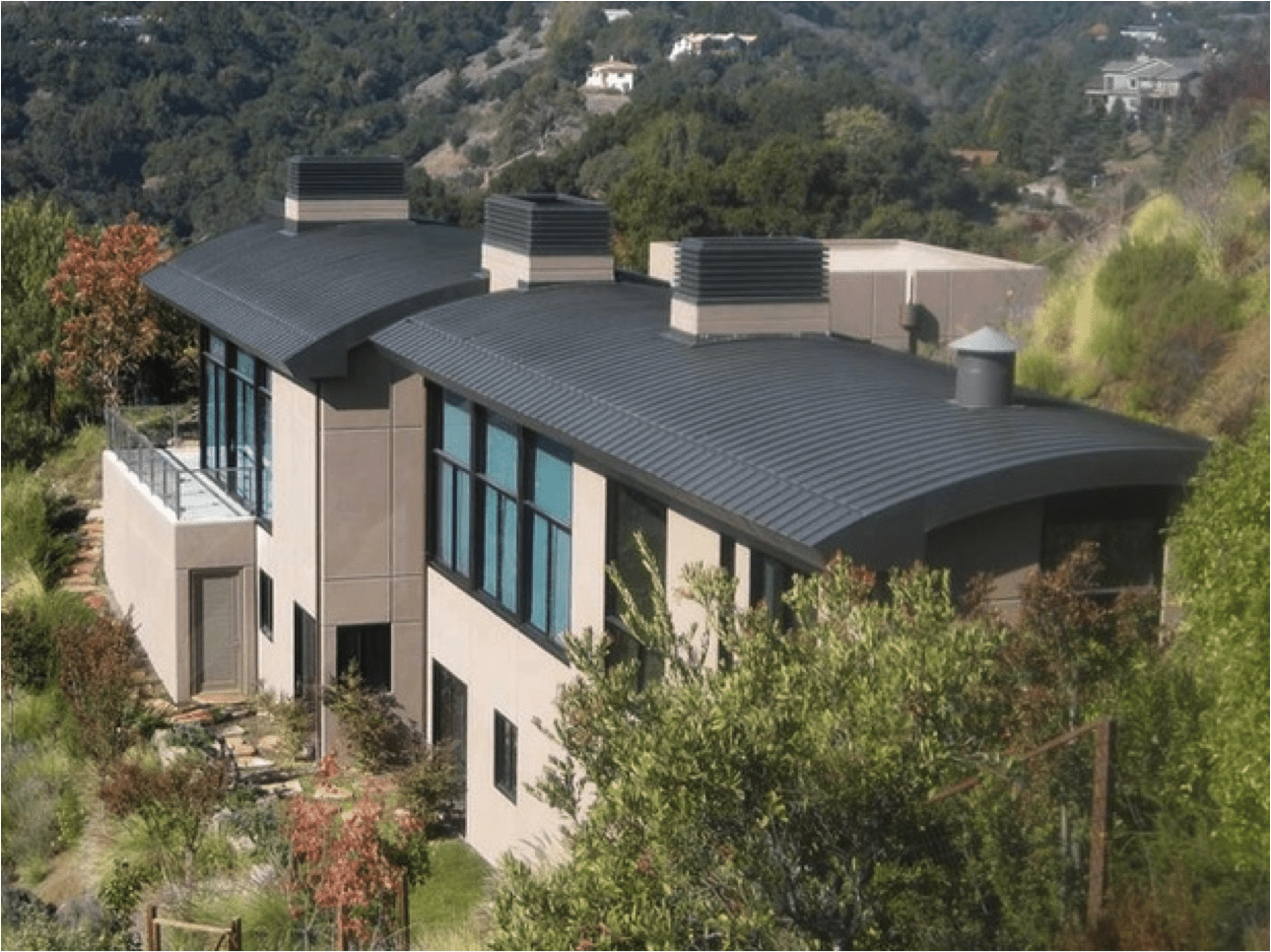
A metal roof is also much more energy efficient than an asphalt roof. It can decrease your energy costs significantly, especially if you live in a hot climate. Roofs that reflect rather than absorb heat will keep your air conditioner from having to work so hard. In some areas, it can even help save on homeowners insurance, and can increase your resale value.
Another reason to opt for metal? Country charm. This new, metal-roofed country home has modernized farmhouse style without losing the charm.
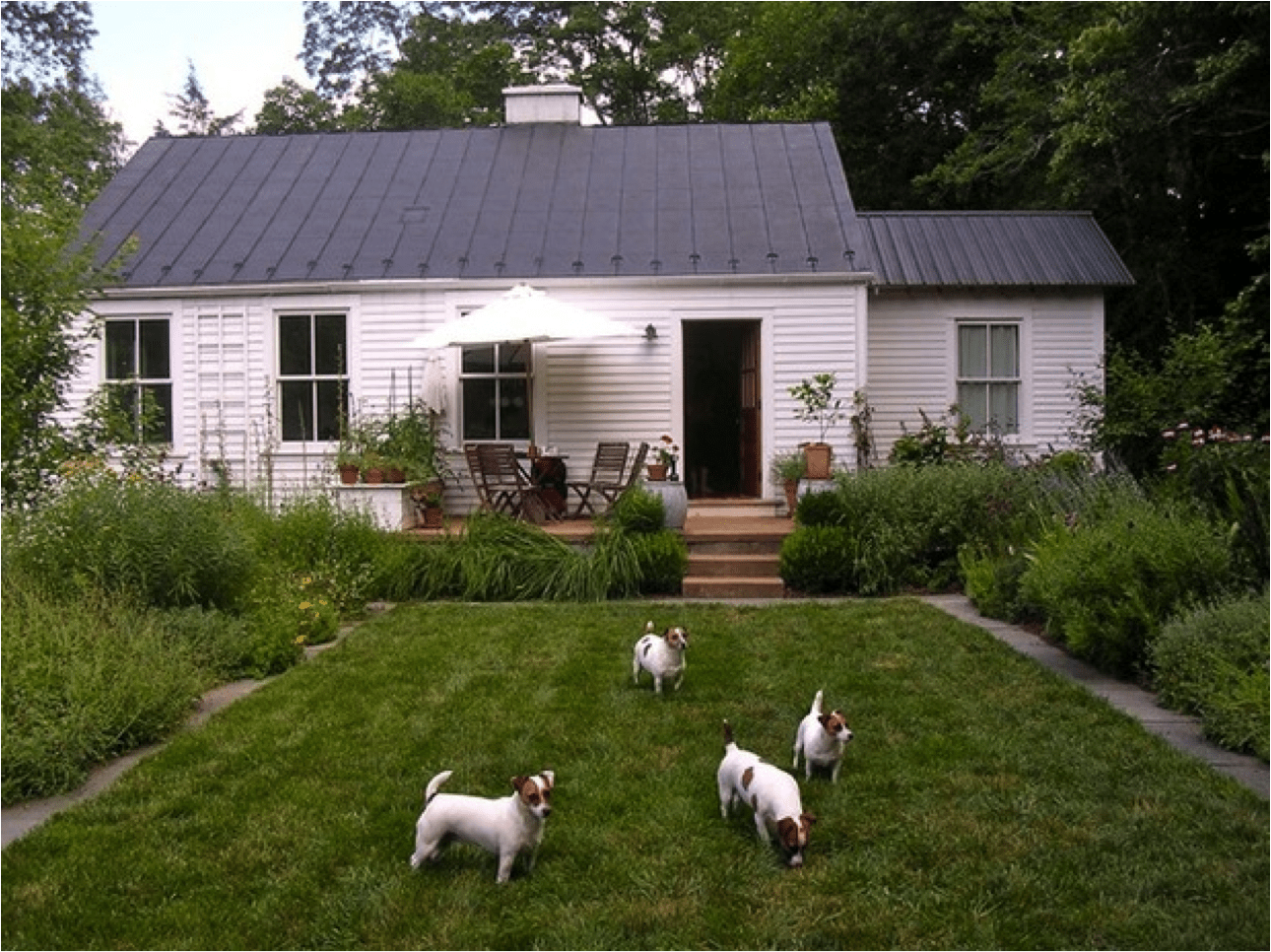
The major element of this original 1940s cottage that was saved during a renovation was the metal roof.
To read the original article, click here.

